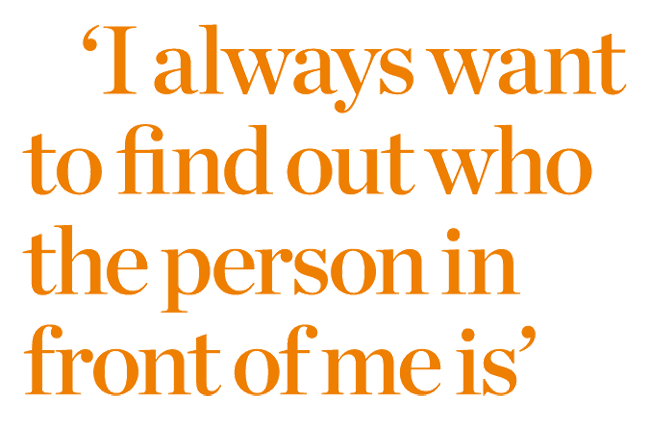Jakarta Globe, Wednesday, January 4, 2012.
Through painting, one French artist has
discovered a window into Balinese life
Report Katrin Figge
Rhapsody For the Otherness
Born in a provincial village near Orleans in 1969, Bali-based French artist Jean-Philippe Haure never imagined that someday he would venture to a foreign country and wind up staying there for more than two decades. But life takes unexpected turns, and Haure, whose paintings are currently exhibited at One East Arts pace in Singapore, has put down roots in Bali. In fact, he feels so much at home in the tropical paradise that he insisted on answering questions in Indonesian for this interview. "It is easier for me," Haure said, "Indonesian has been my everyday language for 20 years now."
As a teenager, Haure was admitted to the renowned Ecole Boulle, an art school in Paris. "At the age of 15, I began a new life in Paris, far away from my village", he recalled. "In Paris, I missed my home and my friends, but I received the education that I needed." Upon graduating five years later, Haure decided to drop art and joined the monastery of St. Benoit sur Loire. "In 1991, the head of the monastery decided that instead of military service, at that time still compulsory in France, I would be sent to Bali to help build a craft school in Gianyar," Haure said.
"After three years of working with the school, the principal was relocated to Cambodia and I decided to continue developing the school, turning it into a small version of the ’Ecole Boulle.’" Simultaneously, Haure began to focus again on his own artistic oeuvre and quickly was invited to participate in art exhibitions, where he received positive responses. His paintings, many of which depict the figures of Balinese women, radiate tranquility and a certain gentleness. Combining beauty and spirituality, they are simultaneously figuration and abstraction. "Here is an artist who is obviously not interested in formal considerations ... but by an endeavor, one should almost say an urge, to express what is to him the pristine and the pure, which he finds best embodied in Bali, and in the Balinese woman," French writer and art critic Jean Couteau, also based in Bali, writes in the exhibition’s catalog. This is "not because they are icons, but because both are to him the best available manifestation of this ideal, in their natural gestures and feminine simplicity."
If Haure "had been born in 15th century Italy," Couteau wrote, "he would probably have painted Madonnas and Tuscan landscapes, the ideals of painting of that time." Haure said that, by painting actual human beings, he found it easier adapt to Bali and his new surroundings. His art helped him understand the locals better. ’’I always want to find out who the person in front of me is," he said.

Jean-Philippe Haure, Ball-based artist However, it is not only the mere painting that catches the eye when it comes to Haure’s artworks; the beautiful frames are just as striking. Haure said that for years, he would buy ordinary frames for his paintings, and that even though he always tried to choose ones that complimented his artwork, he always felt there was something missing. That’s why he decided to simply make the frames himself. "Three years ago, I made a frame following a different idea and concept," Haure said, adding that the positive response by those who saw the frame in his studio convinced him to create a
whole collection of paintings adorned by his own frames.
’’For two and a half years, I worked on all the frames in the afternoon, while in the mornings I continued to paint as usual," he continued. Haure’s frames all feature floral patterns. Completing one frame, including the carving and guilding, can take up to one and a half months. The time and effort invested in his paintings, the painstaking work on every detail of the frames, as well as the unique journey that took Haure to Bali, make the Frenchman stand out from other Western painters who indulge in the island’s exoticism.
And that is, according to Couteau, one of his most important and enduring strengths.

